

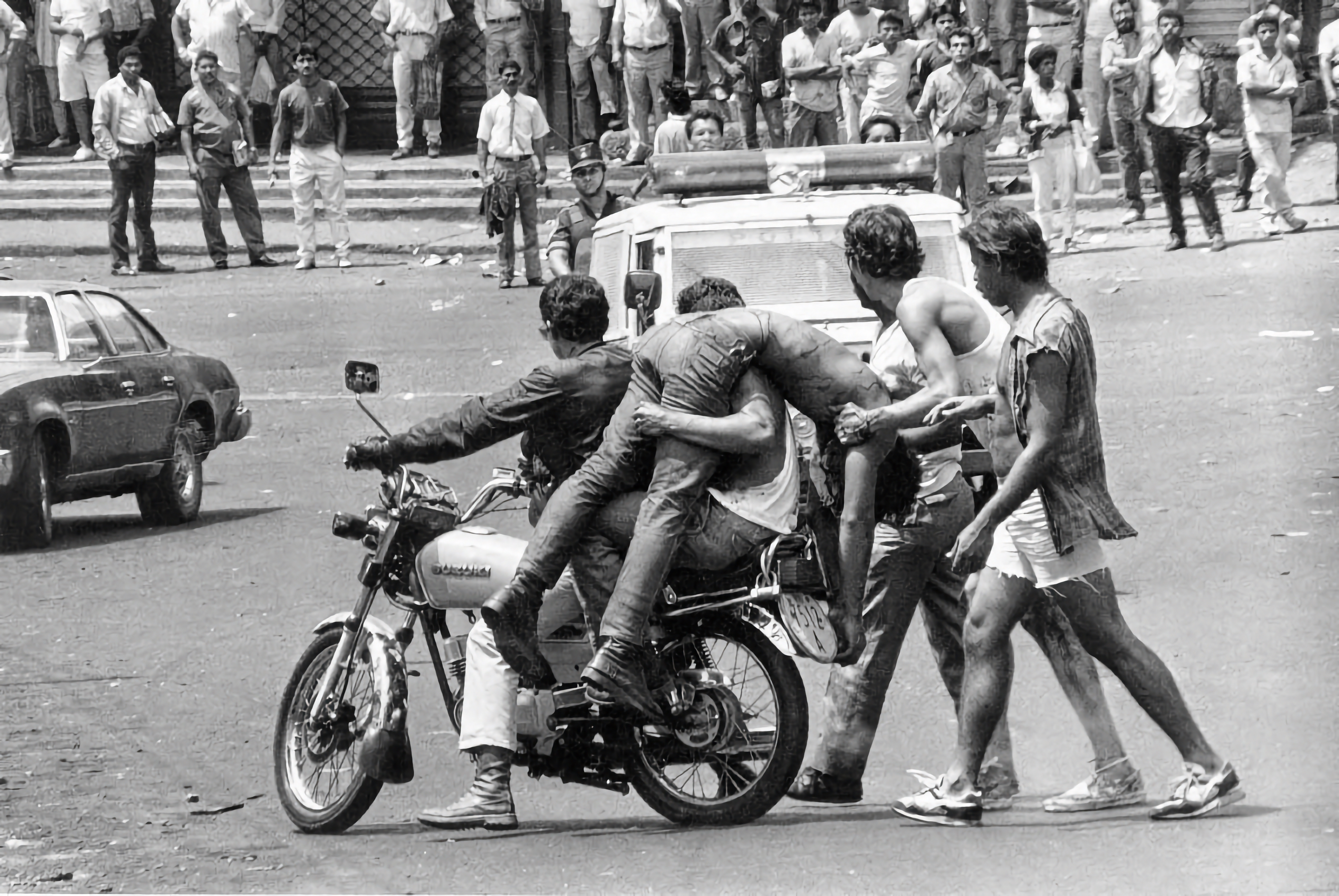
The first Uprising against the IMF! An uprising driven by the People and Class Consciousness, marking the genesis of Chavismo.
On 27F, Venezuela commemorates the National Day for Respect for Human Rights and Popular Power, in memory of the massacre’s victims.
1989 was globally turbulent. The Berlin Wall’s fall anticipated the Soviet Union’s collapse and the United States’ hegemonic ascendancy. That year, Venezuela resisted neoliberalism, predating Seattle’s anti-globalization events (USA, 1998) and the rise of Mexico’s Zapatista National Liberation Movement (1994).
This resistance was “El Caracazo”, the public’s first revolt against the IMF and the Washington Consensus.
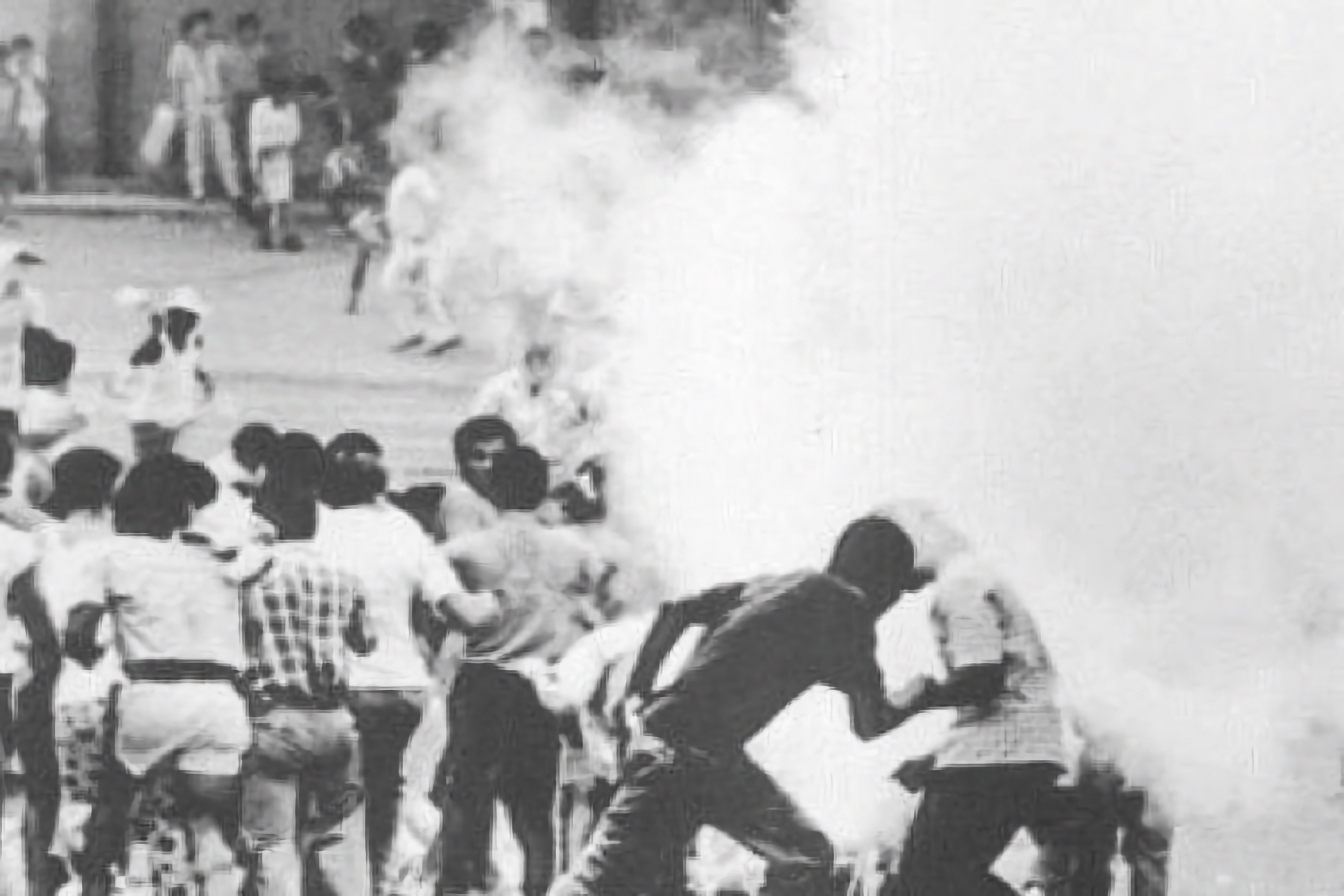
The Caracazo stemmed from the 70s and 80s’ neoliberal policies, as symbolized by the IMF acting on behalf of US imperialism, in combination with Fourth Republic’s corruption and a rise in public impoverishment, plainly evident in escalating food costs and deteriorating public services.
By 1989, acute poverty crossed 30%, and over half the populace was marginalized. The earnings of the working class scarcely sustained them, the ideal for the capitalist class.
That year, inflation soared above 80%, as indicated by the Central Bank of Venezuela (BCV), eroding Venezuelans’ purchasing power and causing a sharp drop in consumption. Many businesses faced insolvency and went bankrupt, due to plummeting sales.
People took to the streets of the injustices and inequalities perpertrated by the Adeco and Copeyan governments ruling that country’s Fourth Republic. The economic policies imposed by the economic cabinet on millions of working people ignited widespread indignation.
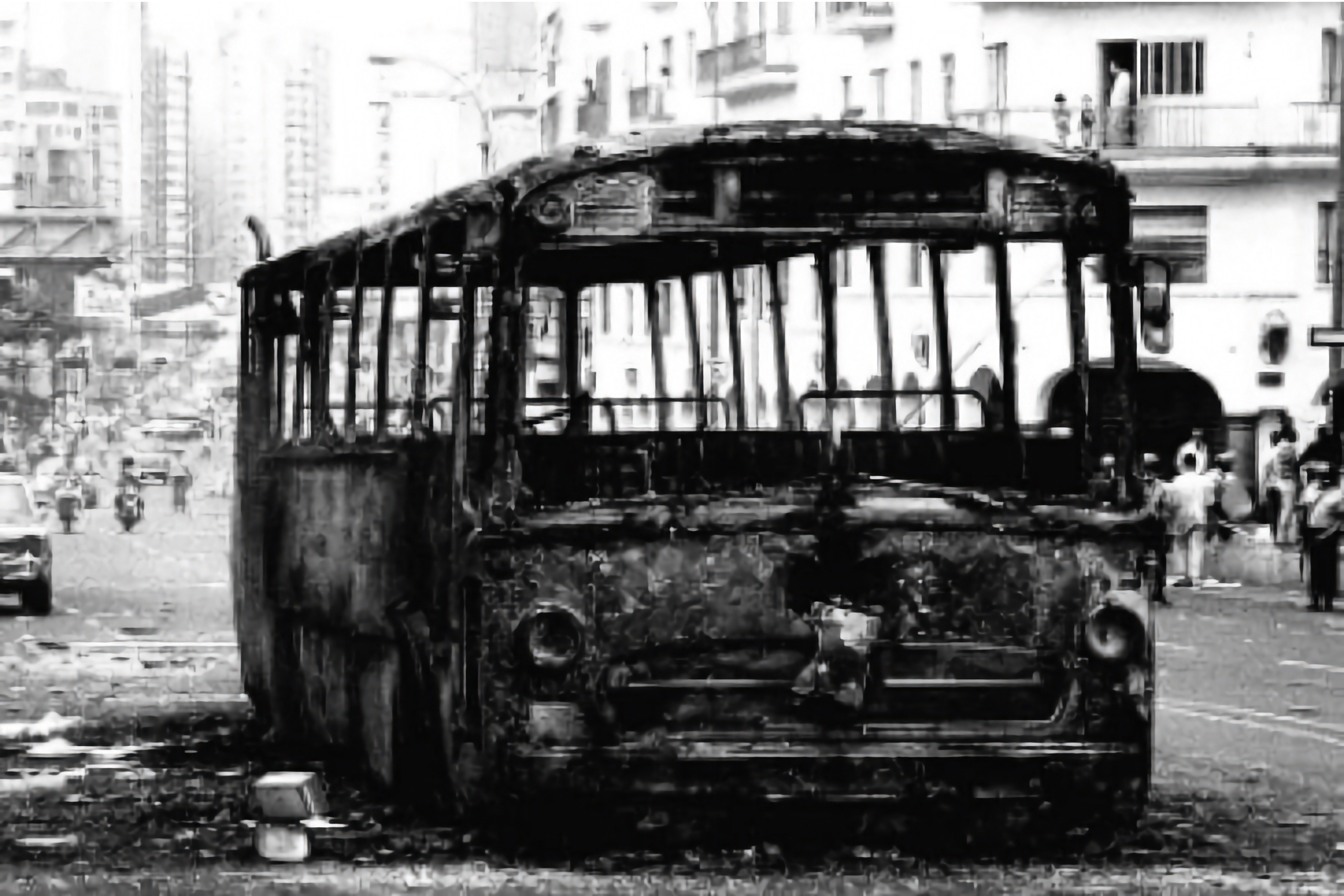
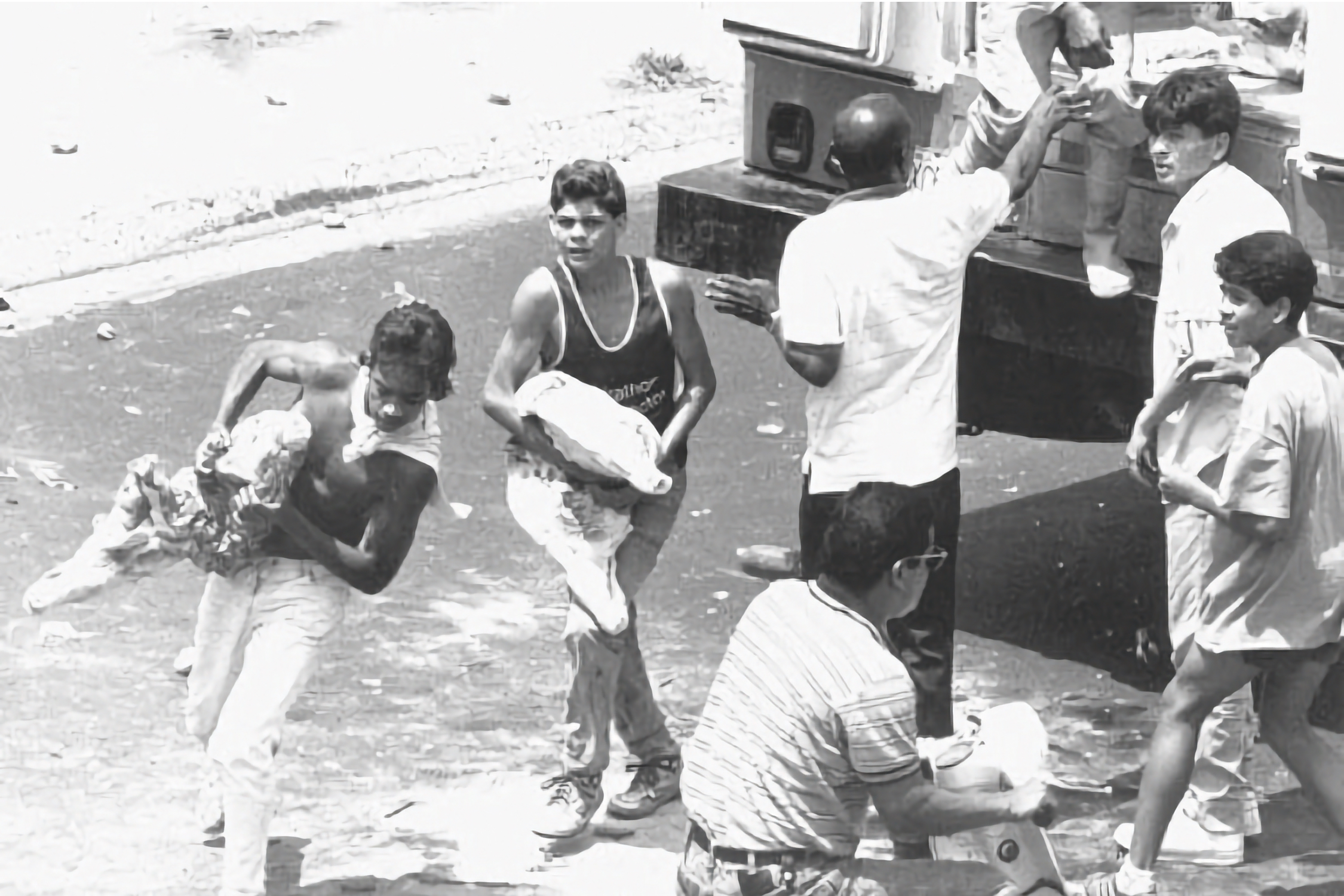
The type of protest present in the Caracazo, on the 27th and 28th and subsequent days, was directed against the exploiters and oppressors, but at first the people appeared to take it out on themselves. Thus the supplier, the butcher shop and the passenger van – part of people’s daily lives – drew the ire of people on the streets. Widespread looting resulted from the various economic problems caused by the imposition of the austerity measures that the imperialists demanded through various foreign organizations like the IMF and World Bank.
The outbreak originated in Guarenas, a city in the state of Miranda, located in the so-called Greater Caracas, with a wave of spontaneous protests without leadership, led by the desperation and anger of the people. Looting quickly spread to the main cities of Venezuela.
This Caracazo resonance was felt in states like Vargas and Mérida and beyond. Within a week, many demonstrators were massacred by the state, in the name of upholding “representative democracy.”
Four million bullets were unleashed on an unarmed populace. The Armed Forces and the Metropolitan Police deployed wartime weaponry against civilians, obeying Pérez administration’s directives.
Communities also underwent psychological warfare. Remnants of the onslaught, like the bullet-riddled buildings and maimed or traumatized citizens, persist to this day. Citizens recall taking refuge in hallways and sleeping in bathrooms to evade the Armed Forces’ onslaught.
This reign of terror persisted over a week, while the core unrest spanned just two days.
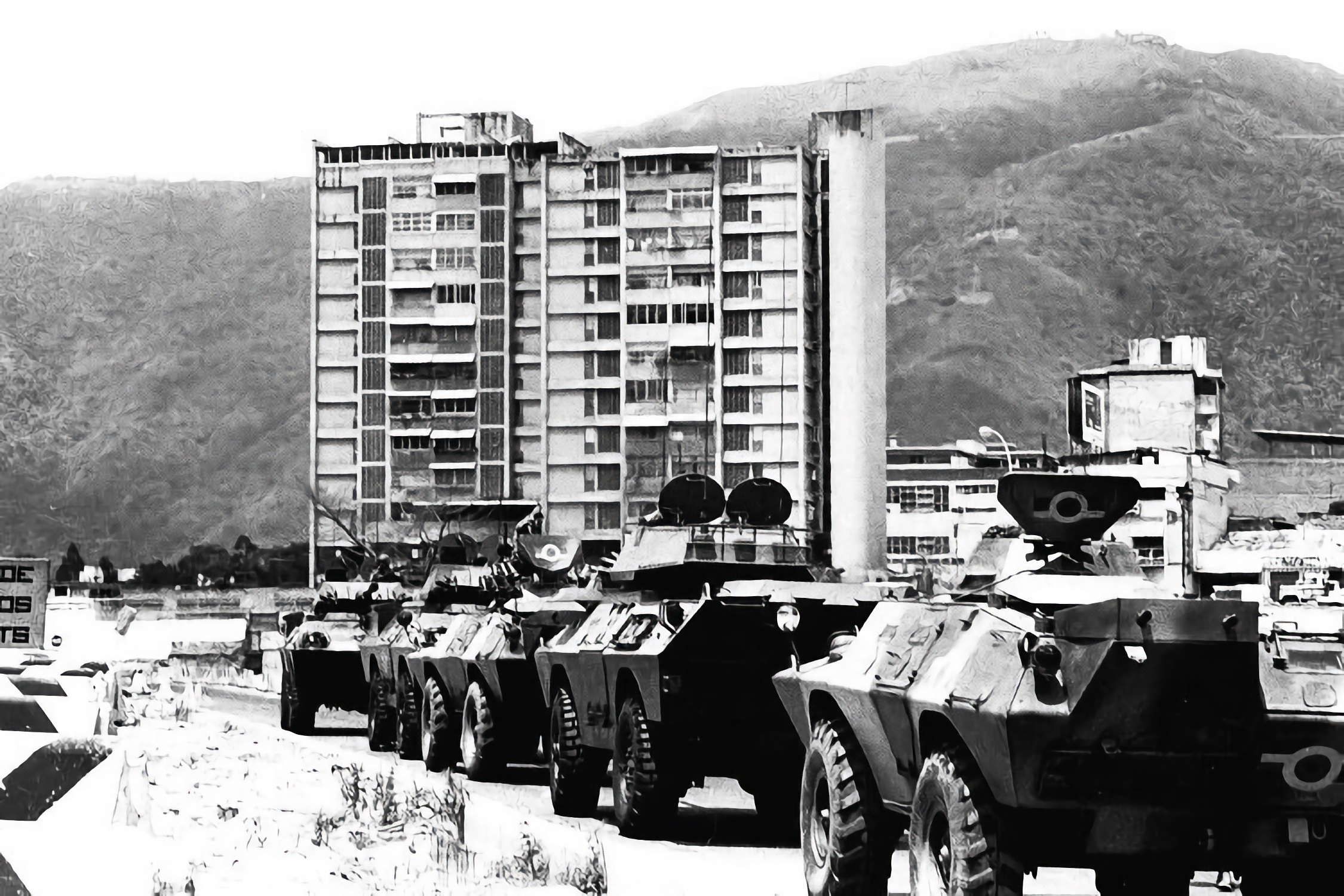
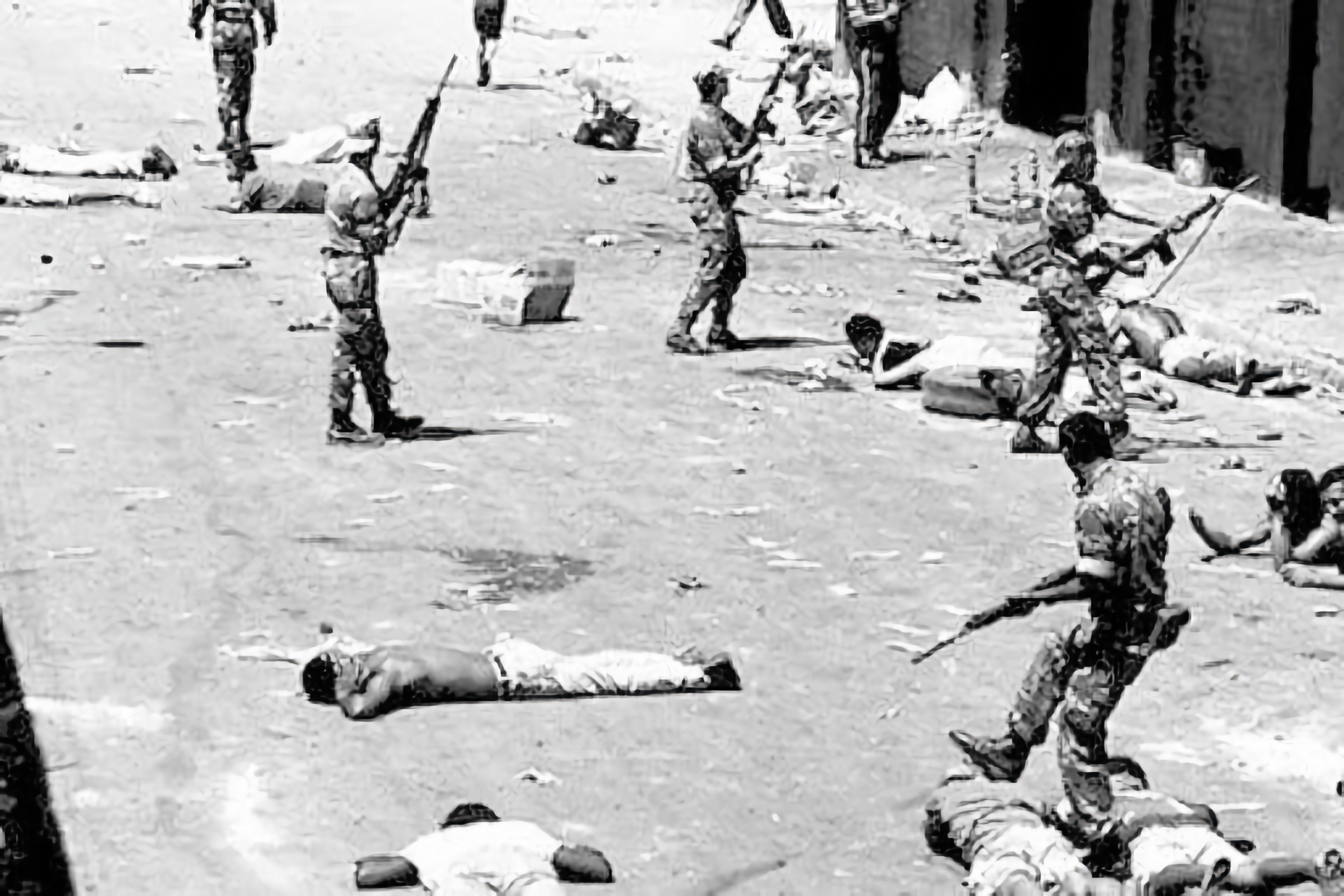

Official records cite 1,000 deaths, but unofficial estimates suggest figures surpassing 5,000, many interred in mass graves, such as Caracas’s General Cemetery of the South, in a sector called La Peste.
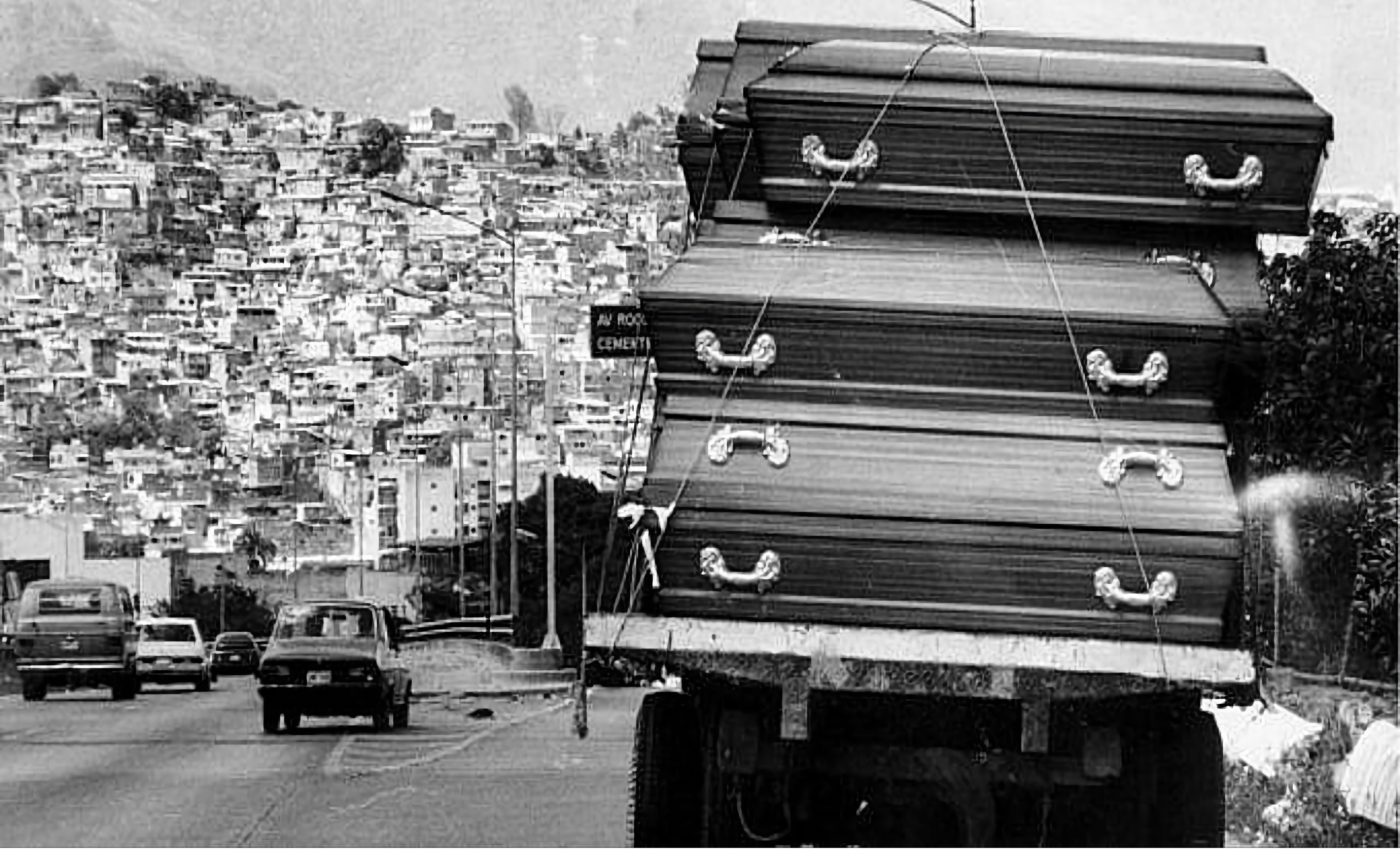
Mid-level officers in the National Armed Forces were profoundly affected by the people’s plight and the violent use of the Armed Forces, epitomized by Plan Ávila’s instructions to deploy wartime weapons against noncombatants.
President Hugo Chávez described El Caracazo as: “the spark that ignited the engine of the Bolivarian Revolution,” since the 27th of February led to the birth of the 4F civil-military rebellion and 27N, both movements that would deal devastating blows to the bourgeois Fourth Republic.
A decade post-Caracazo, the Inter-American Court of Human Rights (IACHR) recognized just 44 victims’ rights violations. The Bolivarian Venezuelan State would later greatly expand this compensation.
Since 2007, Venezuela began commemorating this date as the National Day for Respect for Human Rights and Popular Power.
In 2021, when commemorating the events of February 27 and 28, 1989, the President of the Bolivarian Republic of Venezuela, Nicolás Maduro, said that “27-F was not a guarimba (terrorist ultra right) financed by the US Embassy, but a rebellious people shouting: enough is enough! A date on which Venezuelans carried out the unprecedented breaking of the moorings of Puntofijismo, a political stratagem that the Creole bourgeois oligarchy had established for practically three continuous decades against Venezuela.”
The first national leader compared these historical events, which shook Venezuela and the world, with the strategies of violence sponsored by foreigners that were recorded in recent years in the country, and which became known as the terrorist guarimbas of the political opposition.
“We must be very clear, because the united people will never be defeated!” Maduro said in characterizing the social explosion of the so-called Caracazo, an unprecedented event that changed the history of Venezuela.
In the context of this 34th anniversary, Maduro stated on his official account on the social network Twitter @NicolasMaduro that, on February 27th, “the Venezuelan people do not forget the barbarism and injustice of Puntofijismo and North American Imperialism! It is a historic date, of rebellion against the disastrous neoliberal policies of the then president Carlos Andrés Pérez (CAP) and the International Monetary Fund (IMF).” He ratified that 34 years ago, “the people, tired of injustices, rebelled against a government kneeling to the interests of the IMF.”
The unprecedented rebellion broke out in Guarenas, Miranda state, to spread throughout the country, with thousands of people protesting against the so-called “paquetazo” carried out by Carlos Andrés Pérez, who subordinated himself to the neoliberal measures strictly imposed by the International Monetary Fund (IMF).
The IMF forced the national government, in exchange for “loans” to the Republic for 4.5 billion dollars to 10 billion dolars in three years, to increase fares, release prices of essential products, arbitrarily privatize state companies, freeze salaries and wages and cuts in all “expenses” or budgets allocated to the social area, as well as a progressive increase in the national external debt.
Although it was ended with a massacre by right-wing governments during the so-called fourth republic, Venezuela thus starred in the first global rebellion against the neoliberal packages of the IMF, the World Bank and the World Trade Organization (WTO).
The social explosion – and the consequent massacre – occurred when Venezuela was mistakenly believed to have the strongest democracy in the region. Although its economy did not suffer a financial blockade or imperial persecution, since the US governments declared themselves to be “unconditional friends” of Venezuela.
“A rebellion of millions, it was called the Caracazo, but it was the Venezuelan one, millions of rebels in the streets saying enough is enough!, after two centuries of betrayals, looting, repression of the fourth republic, which denied social rights to the people invisible and crushed, who were only sought after every 5 years to get their vote,” President Nicolás Maduro once stated.
“…February 27 has not ended because it continues to raise its cry and its song of pain and hope and clamor for what has already been said for a better world that was a day of popular rebellion that was February 27, popular rebellion, it is a lie that it was an unconscious people or mob…” President Chávez stated in a speech.
“…Venezuelan historians, some from academia, with supposed status and a lot of knowledge, saying that this was a pillage, that there was no plan, that February 27 was not a political event. Wow, how wrong they are. February 27, 1989 was, from my modest point of view, the most significant political event throughout the 20th century in Venezuela, a people that broke the chains, ‘down with chains,’ shouted the Lord and the poor in their ranch. Freedom asked’; and the poor in the streets, not only in their hut or in their ranch, the poor in the streets, the rebellion of the poor, the class struggle, Karl Marx would say (…) they have wanted to falsify February 27, that is why we have to claim it every day…”
On February 27, 1989, Commander Hugo Chávez witnessed a pivotal moment in Venezuelan history. This day marked a significant turning point for one of the wealthiest nations globally, known for possessing the world’s fifth-largest oil reserve. It was a day when the courageous people of Venezuela rose up against a neoliberal system and program that had pushed them into poverty and despair.
“I entered Fuerte Tiuna and I had to see it at war. I went to get gas with a friend, who was a colonel. I sat in his office and watched that disaster on the television. I go out to the patio: the soldiers running and some officers ordering formation and looking for the rifles. And I tell him: ‘My colonel, what are you going to do?’ ‘Oh, Chávez! I don’t know what’s going to happen here. But the order that came is for all the troops to go out into the streets and go to the people.’ ‘But how are they going to stop it?’ ‘With rifles, with bullets.’ He even said: ‘May God be with us, but it is the order.’ I saw the soldiers leave, the logistical soldiers, who are not trained soldiers. Those are the ones who make the food, the ones who serve the vehicles. They even took out the mechanics and gave them a rifle, a helmet and plenty of ammunition. What was coming was a disaster, as it was.”
In 2011, Commander Hugo Chávez Frías confirmed that El Caracazo had been “the spark that ignited the engine of the Bolivarian Revolution.” The then head-of-state continued that the bourgeoisie “must not forget that one of the causes of El Caracazo was the increase in poverty (…) a product of neoliberalism that aspires to return to Venezuela.”
“That rebellion of the military youth, in the face of the tragedy that the people experienced, since then nothing and no one would have been able to stop it. It just has to be said that February 27 accelerated, it was a trigger, a catalyst. The rebellion of the people encouraged us, the patriotic military, even more, and on February 4, 1992, three years later, we went out to respond to the martyred people of February 27, 1989.”
As an act of justice, in November 1999 the Bolivarian Government recognized the responsibility of the Venezuelan State in these events. On November 11, 1999, more than ten years after El Caracazo, the Inter-American Court of Human Rights recognized the violation of the fundamental rights of 44 victims.
At the end of 2006, the Government of President Hugo Chávez Frías, through the Ministry of the Interior and Justice, announced mechanisms to also compensate the victims who were not accepted by the sentences, according to the book “Chronology of an Implosion.”
On April 30, 2007, Commander Chávez ordered the withdrawal of Venezuela from the IMF, completely canceling the foreign debt, and highlighted: “We closed a historic cycle of indebtedness with the IMF and the WB that began in 1989 by former president Carlos Andrés. Pérez, by signing an agreement…that caused the Caracazo.”
Alexis traveled from Portuguesa to Caracas on February 28, 1989. His mother had called him desperate because that day the news had spread that they were releasing the prisoners from the Catia Retention Center to massacre them at the entrance of the prison, where his other son was serving time. There was already talk of a large number of dead inmates.
“When I tried to approach the checkpoint, along with other people, to find out about our imprisoned relatives, they shot us,” says Alexis, who later went with his mother to the Attorney General’s Office of the Republic to look for his brother’s name on the lists of those murdered in Venezuelan prisons.
To the relief of Alexis and her mother, in the endless lists of dead inmates, her relative’s name did not appear. And in the middle of the brawl, he preferred not to try to leave the extinct checkpoint, which is why he survived the massacre. Six years later he was released.
“There were a large number of dead people who don’t even know where they were buried. I imagine it was in La Peste, which was the large cemetery that was created here during the government of Carlos Andrés Pérez (CAP),” recalls Alexis.
A similar situation occurred in those days in other parts of the city against entire families. An example of this can be corroborated by the inhabitants of the 23 de Enero parish, who had to resist for almost a week the bullets fired at them by members of the Army and the Metropolitan Police (PM).
“When the CAP government decreed the curfew, they put a war tank in front of Block One with soldiers inside,” says Tirsia, a resident of Monte Piedad.

So much was the fear that prevailed during those days that many people’s apartments were reduced to the bathroom space, a narrow hallway or a corner of the living room, where they spent the night, so as not to be hit by bullets. “You couldn’t even look out the window, there were apartments that left you like a sieve for bullets,” says Tirsia.
“In those days I went out to hang clothes on the clothesline. I was wearing a watch that shone in the reflection of the sun. Surely the police and the Army thought it was a gun and that’s why they shot me. The bullet passed me very close, hit the wall and I jumped. A piece of the wall went into my arm.”
To buy food, the inhabitants of the blocks had to leave very early and queue behind a small food truck that was stationed on Avenida Sucre. “When the army and the PM troops started shooting we had to run. That was terrible, that was something that can never come again.”
The parish inhabitants witnessed the battle tank finally depart on March 6, 1989, the day of her eldest son’s birthday, Tirsia recalls.
These testimonies, told 21 years after the social outbreak known as El Caracazo, record the repression of the army and the police against the people who took to the streets to protest the economic measures implemented by the CAP government, the hoarding of basic necessities and the excessive increases in prices.
According to an investigation by the magazine Sic from the Gumilla Center— a collaboration among Jesuits trained in various disciplines, lay professionals from both academia and business, and leaders from popular organizations and civil society–over four million projectiles were fired at an unarmed populace.
NO volverán!!!
Workers of the World Unite! Hasta la Victoria Siempre! Venceremos!!!